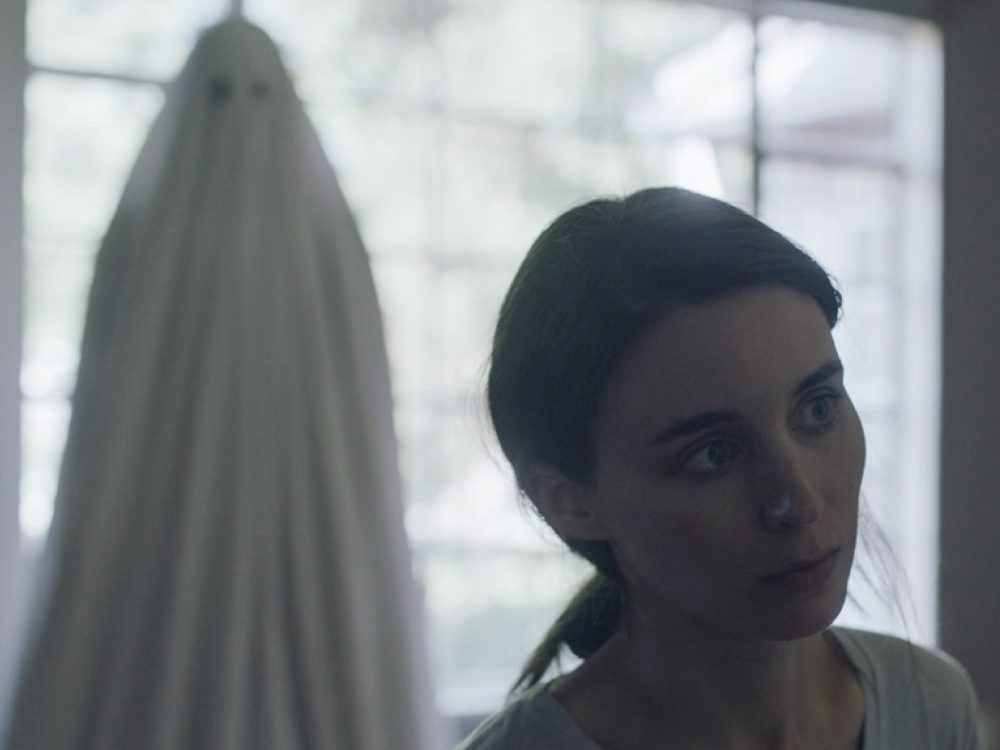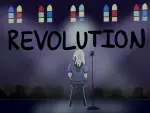Films provide viewers with a safe space to process their emotions from a distance, sometimes without even realizing it. As an audience, viewers can watch characters go through difficult moments, empathize with them and acknowledge parts of themselves in a character’s actions and monologues to better understand their own thoughts and feelings. “A Ghost Story” is a quiet movie that examines grief and isolation in a way that is helpful to anyone experiencing similar emotions, especially during the ongoing COVID-19 pandemic.
During such an anxiety-inducing time, it might seem like watching films purely for their escapist value is the best thing to do. Movie series like “Star Wars” or “The Lord of the Rings” are fantastical stories about conquering danger and saving the world. I have turned to the comfort of these optimistic stories during isolation, so why should you watch a distressing movie about grief and isolation during a time when you might be experiencing them in your own life?
The main reason why I recommend watching “A Ghost Story” right now is because it can be emotionally beneficial to watch characters who are experiencing a similar situation to yourself. The fact that an entire film has been made surrounding the subject of grief and isolation, along with the knowledge that it’s certainly not the first film to be made focusing on these topics, can prove that you aren’t alone in your emotions.
You might be struggling with isolation during the COVID-19 pandemic, or you may be missing someone in your life who has passed away. Watching a realistic and raw portrayal of both of these experiences can make you feel seen. That’s the power of movies: They provide a medium where it’s possible for individuals to connect with someone, even if that person isn’t necessarily a tangible one.
“A Ghost Story” masterfully uses the power of film by telling the devastating story of a married couple tragically split apart when the husband passes away in a car crash. The car crash only happens 10 minutes into the movie, and it’s a catalyst for the exploration of grief, isolation and even a small amount of existentialism during the rest of the film.
During the first 10 minutes of “A Ghost Story,” viewers see small snippets of married life between two individuals. The two are never given names, which emphasizes the connection viewers can have with the film. When names aren’t given to characters, it gives the audience a chance to project themselves onto the screen.
The film showcases brief, intimate and tender moments between the two characters. Viewers can see kisses, discussions about their lives as children and moments where they fall asleep in each other’s arms. These simple, everyday occurrences make the car crash where the husband passes away even more jarring.
Even though his death is information that viewers will know about if they read the movie’s summary prior to watching the film, it’s still heart-wrenching to watch because the couple’s relationship is so skillfully developed at the beginning of the film. It’s also crushing to watch a character go through something almost all of us are familiar with: the sudden and unexpected loss of a loved one.
“A Ghost Story” isn’t shy about pulling on the audience’s heartstrings. In the scene after the wife goes to the morgue to identify her husband’s body, the camera stays focused on the morgue table from afar. After a few quiet moments, the husband sits up underneath the sheet. He has come back to this life as a ghost, and the camera follows him on his journey back to the home where they both lived.
While he’s existing as a ghost that his wife can no longer see, audiences get to see life after loss from both of their perspectives. There is a scene where the wife spends five minutes eating a pie her landlord left for her after hearing about her husband’s passing.
Some viewers believe the pie scene to be contrite, boring and pointless. IMDb user G-Lo said, “Scenes overly drawn out to make a point. I’m not sure what the point ever was. I think we all just wanted that pie scene to finish 20 minute earlier.”
However, the scene acts as a slice of life. Viewers get to watch the wife grieve in real time, and the length of the pie scene leads to a palpably discomforting experience. It adds to the realness and rawness of the film. She’s grieving in her own way, all while her ghost-husband watches from the outskirts of the kitchen. Both of them are isolated and only want to be with the other person, but neither of them can. That’s the beauty of the scene.
However, not every moment of “A Ghost Story” is as heartbreaking. There is a sense of optimism that viewers can get from watching the film. Her husband watches as the seasons change and years go by, and eventually, his wife moves on. She adjusts to life without him as well as she can.
A collection of scenes show the process of the wife coming back to life, so to speak, after her husband’s passing. Viewers get to see her wash the sheets for the first time after his death, effectively getting rid of his smell and presence. Montages show her leaving the house more and more often as time goes by. She even brings home a man, kisses someone new for the first time since her husband’s untimely death and eventually moves out of the home and into a new house with someone else.
The rest of the film follows the ghost of the husband as he’s stuck in the house, alone. Rather than continuing to focus on grief, this last portion of the movie tackles themes of existentialism and isolation. However, those first 45 minutes are still a powerful look at the process of grieving, and the entire film demands to be watched, especially if you’re struggling with isolation and loss. It’s worth it.

















